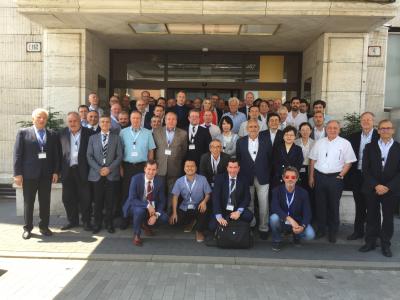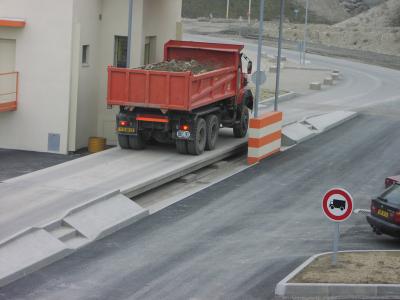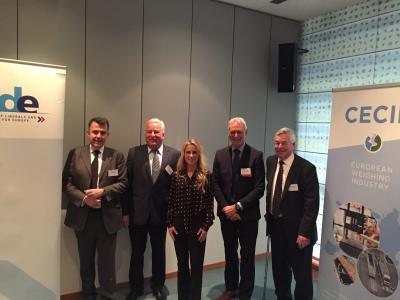Weighing instruments are used in a large number of sectors and play a crucial role in many of them. Still, it is not always clear for everyone where they are used and why these instruments are importa...
Read moreBratislava, 18 June 2019 – Representatives from European national weighing industry associations and weighing instrument manufacturers met on 12, 13 and 14 June in Bratislava for the Annual General As...
Read moreCECIP, the European association representing the weighing industry, received the call for proposals for regulatory cooperation between the EU and US from the European Commission. CECIP welcomes this o...
Read moreThe second publis CECIP Newsletter has been published. The following articles are included:Amendment to EU Directive on definition of kilogram Simplify software requirements to make them futureproof G...
Read moreEuropean legislation sets rules on the maximum authorised weights in international traffic. In article 10d of this Directive 96/53/EC is stipulated that Member States shall take measures to identify o...
Read moreFrom 12 to 15 June CECIP´s 69th General Assembly will take place in Bratislava. This year it will be kindly organised by CECIP´s Slovak member Únia Váharov in Hotel Devín.On Wednesday 12 June and Thur...
Read moreLast year CECIP published its position on the simplification of software requirements. This position stressed that the detailed software requirements for weighing instruments that are set in WELMEC gu...
Read moreCECIP launched today´s its first version of the public CECIP newsletter. This newsletter will be launched on a quarterly basis and contains the most important news regarding CECIP. It will be distribu...
Read moreBrussels, 21 November 2018 - CECIP, the European weighing industry association, called for strengthening of the EU single market during a breakfast organised in the European Parliament that was hosted...
Read moreWeighed products move through the whole of the single market without extra controls. For example, a package of crisps can be produced in one country and be distributed all over Europe. Customers buyin...
Read more











